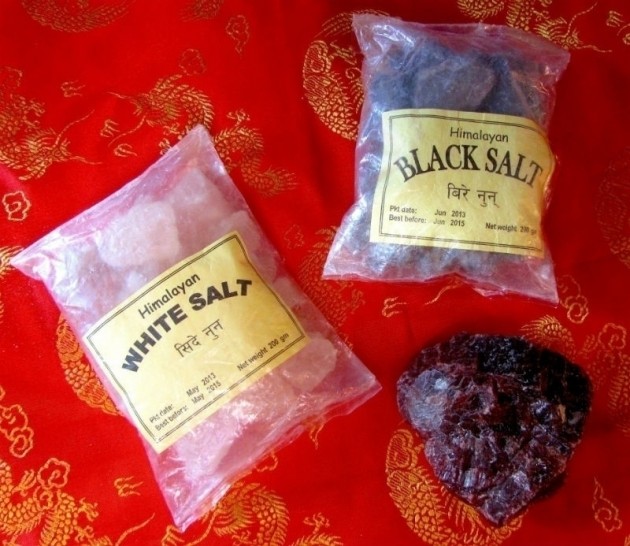Polymyalgia rheumatica (pronounced pah-lee-my-al-jah room-at-i-ca) is a type of arthritis that affects the muscles.
It does not affect the bones, or the joints, which are the spots where two bones come together.
It causes muscles to become stiff, tender and very sore. This is called inflammation. Even though the muscles are sore they do not become weak.
Polymyalgia rheumatica affects the muscles of the neck, shoulders, lower back, hips and thighs.
It is believed that the pain is caused by the swelling of blood vessels in the muscles.
Giant cell arteritis is a condition related to polymyalgia rheumatica. It causes the blood vessel on the front of the head to swell. It can cause a person to go blind.
Polymyalgia rheumatica is a syndrome characterized by severe pain and stiffness in the muscles of the neck,
shoulder girdles, low back, hips and thighs. There is no corresponding weakness of the muscles.
It is thought that polymyalgia rheumatica is a result of blood vessels becoming inflamed.
The name polymyalgia rheumatica actually comes from Greek words. In Greek, ‘poly' means ‘many,' ‘my' means
‘muscle,' and ‘algia' means ‘pain' (many muscle pain) and ‘rheumatica' refers to ‘muscle and soft tissue.'
A condition associated with polymyalgia rheumatica is called giant cell arteritis. It sometimes occurs in people who have polymyalgia rheumatica. It causes the arteries on the upper front side of the head, called the temporal arteries, to narrow. The arteries can become blocked and this can result in loss of vision.
How common is polymyalgia rheumatica?
- Women develop polymyalgia rheumatica more often than men.
- It most often appears in women over the age of 50.
- Giant cell arteritis affects both men and women who are over the age of 50.
- Some people who develop giant cell arteritis also have polymyalgia rheumatica.
Polymyalgia rheumatica predominantly affects Caucasian women over the age of 50. Giant cell arteritis affects both men and women, usually over 50 years of age, who may or may not have polymyalgia rheumatica.
Exercise Reduces Stiffness and Pain
In addition to drugs, diet modification, and supplement options, moderate exercise can also be beneficial in controlling the stiffness and pain associated with the condition. In addition to promoting overall fitness, physical activity assists in maintaining flexibility and building muscle strength, helping to protect joints. Walking, bicycling, swimming, and some types of moderate and paced weight-bearing exercise are good examples of physical activity that may be appropriate for persons with PMR. It is important to note that lack of exercise can lead to brittle bones and causes muscles to become smaller and weaker. A physical therapist can design therapeutic exercises to target a patient's specific difficulty.
NOTE: Before starting an exercise program, always consult your physician.
Long-Term Outlook
PMR typically lasts 2-3 years. It may then go away for reasons unknown. However, some persons may have a longer course of PMR; a few have PMR for less than a year. Prednisone is used to suppress the inflammation and treat the symptoms but does not cure the illness (Matsen 2002). With treatment, most patients with PMR or giant cell arteritis do not have lasting disability. However, in giant cell arteritis, if one or both eyes develop blindness before treatment becomes effective, the blindness may be permanent.
Summary
The number of inflammatory-related diseases that could be successfully treated with cytokine-lowering therapy
is staggering. Dietary supplements such as fish oil, DHEA, and vitamin K possess specific mechanisms of suppressing inflammatory cytokines.
Those who continue to suffer from PMR or giant cell arteritis despite taking physician-recommended drugs,
modifying diet, and using inflammation-suppressing supplements should initiate aggressive therapy.
An inexpensive C-reactive protein (high-sensitivity) blood test (CRP-hs) can help reveal if you have systemic inflammation. If your CRP protein level is over 1.3 mg/L, this is an indication that you have an inflammatory reaction occurring in your body. Those with elevated CRP-hs levels (and who have a disease associated with chronic inflammation) should consider using a supplement protocol and/or prescription drugs such as pentoxifylline (PTX) known to suppress elevated proinflammatory cytokines.
A CRP blood test may be done through your physician.
Give attention to a healthy lifestyle. Participate in at least 30 minutes of some type of weight-bearing exercise (exercise involving swimming, bicycling, walking, or running) daily. Walking is probably more appropriate for persons with PMR. Also maintain a healthy diet, including whole foods such as fruits and vegetables; cold water fish; probiotic cultures from food or supplements; limited refined sugar, caffeine, and alcohol; and plenty of water. Eat slowly and chew food well.
Because systemic inflammation is an underlying cause of PMR, taking steps to interfere with the multiple inflammatory pathways is suggested. Drugs prescribed to treat PMR are often effective but can induce serious side effects. Certain nutrients can help protect against the adverse effects of corticosteroid or NSAID drugs.
What follows are the supplements and some of the drugs that can provide a comprehensive approach towards alleviating the inflammation and pain of PMR:
Suggested Nutritional Supplementation
- EPA-DHA 6:1 - 2-6 softgels daily.
EPA-DHA 6:1 is an exciting formula that provides 500 mg of pharmaceutical-grade EPA (eicosapentaenoic acid) per softgel-specifically designed to maximize the benefits of this important essential fatty acid.
- Kaprex® - 1 softgel twice daily
- Non-responders by day 5 move to 3 softgels daily
- Time to benefit: Immediate to 10 days.
Kaprex is a clinically tested herbal dietary supplement that provides natural joint relief that is easy on the gastrointestinal (GI) tract. It works by interfering with signals in the body that initiate the production of damaging compounds that cause minor pain and negatively impact cartilage and other joint tissues.
- DHEA - 1-4 capsules daily.
DHEA has been shown to suppress IL-6, an inflammatory cytokine that often increases as people age.
- Ceriva - 2 softgels daily.
Ceriva is formulated to support healthy cognitive function in those concerned about maintaining their
memory by beneficially modulating acetylcholine.
- ChloroClear - 2 softgels daily
ChloroClear contains concentrated amounts of chlorophyllin to support the first line of protection against certain dietary and environmental toxins.
- MSM Plus - 1-3 capsules daily
Methyl Sulfonyl Methane may help to reduce pain and inflammation while improving blood flow.
- Appropriate Wellness EssentialsTM formula - 1-2 packets daily
Key Vitamins & Minerals, Essential Fatty Acids, PLUS Patient Specific Nutrition.
If on corticosteroid drugs:
- Cal Apatite Plus - 4-8 tablets at nighttime.
When taking corticosteroid drug therapy, protection from bone demineralization is mandatory. Cal Apatite Plus provides Microcrystalline Hydroxyapatite Concentrate, Ipriflavone, along with vitamin D3 to protect bone mineral mass and maintain the organic bone matrix.
Dietary Considerations
- Anti-Inflammatory Diet






